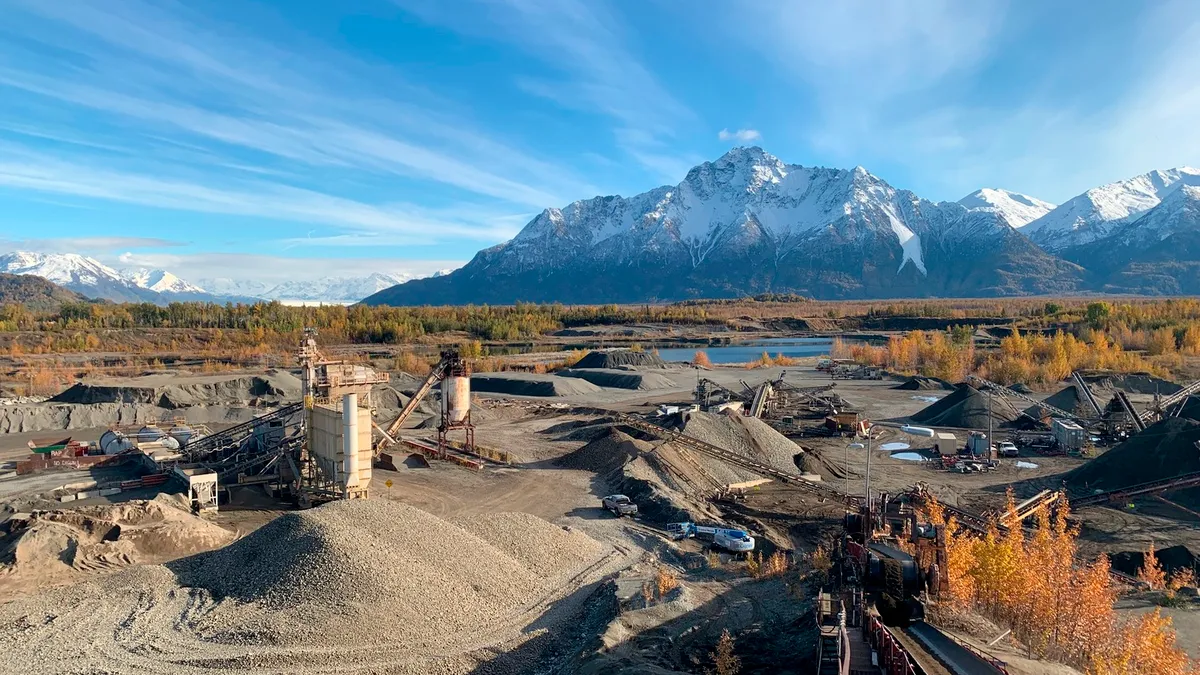Dive Brief:
- Researchers have developed “fingerprinting” methods that could help build traceability tools and certification programs for construction sand, one of the world’s most-used natural resources, according to a paper published in the science journal Nature last week.
- The methods require no direct observation, showing that fingerprinting “has untapped potential to support traceability and certification schemes and to support monitoring and enforcement in areas where there are concerns about illegal, illicit or simply unknown construction sand sourcing,” the team wrote.
- Working with concrete samples from Texas, the research team was able to identify sand origins using grain-size analysis and conventional geologic methods that use visual and chemical testing, as well as a machine learning-powered form of image analysis.
Dive Insight:
As the research team — made up by Zachary Sickmann of the University of Texas at Dallas, Nicholas Lammers of the Biophysics Graduate Group at the University of California, Berkeley, and Aurora Torres of the University of Alicante in Spain — noted, some of their findings could bode well for industry efforts to develop traceability schemes.
For one, Texas, from which the study’s sands were sourced, “is not particularly geologically complex.” Fingerprinting could be even more effective on sands from areas that are more geologically distinct, the team wrote.
That would include sands from places such as Bangladesh, Myanmar, Laos and Malaysia. Along with being more geologically complex, those countries are also places where construction aggregate consumption is growing more quickly, and are “known areas of sand mining conflict with opaque sand sourcing issues,” the authors wrote.
Additionally, the researchers found that variability in sands from closely spaced mines in the same river valley were preserved through the supply chain. That means it could be possible to develop, as the authors put it, “a location-specific certification scheme that can flag unauthorized extraction” from more sensitive areas, such as active river channels, where sand mining might be illegal.
As with any traceability method, cost can be a factor in or obstacle to industry adoption. Some of the conventional methods of tracing geologic provenance may be inaccessible or unaffordable for many firms and in some countries. However, the team also explored a method that uses machine-learning to predict sample provenance using photos of sand captured with a smart phone and that can be run on a laptop.
Dubbed “sandId,” the team found the image analysis was on average 88% effective at identifying the original source of mined concrete sand in the Texas study area.
“[W]e conclude that this method holds promise as a scalable approach for tracing sand provenance that should be readily exportable to settings lacking access to specialized and expensive methods of provenance analysis,” the team wrote.
Sand is by far the most extracted solid natural resource and finds its way into the bulk of manmade constructions, according to the OECD. A group of researchers found last year that mining for construction sand materials impacted numerous species and posed myriad risks to biodiversity. Others have pointed to a “looming tragedy" in sand extraction, with potential social, economic and environmental consequences. The U.N. has linked sand to all of its 17 sustainable development goals.















